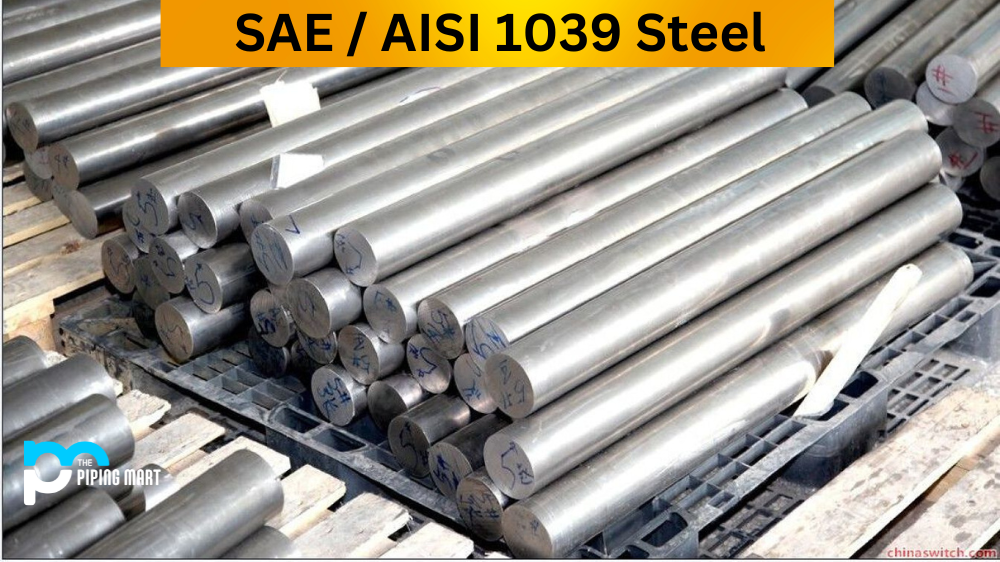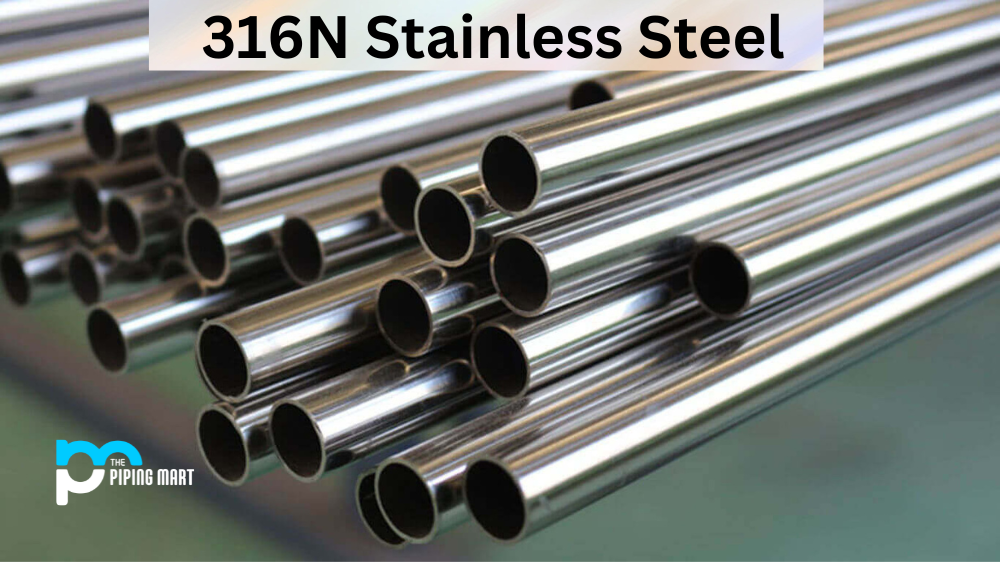In this blog post, we will guide you through everything you need to know about nickel alloy 201, from its composition, mechanical and physical properties, uses, corrosion resistance, heat treatment, machining, and welding.
What is Nickel Alloy 201?
Nickel Alloy 201 is a well-known material in the industrial sector for its unique features and excellent properties. It is a pure nickel alloy with low carbon content and is an ideal material for various applications.
Nickel 201 Composition
Nickel Alloy 201 contains 99.5% pure nickel and 0.25% carbon. This pure nickel material provides high thermal conductivity, excellent corrosion resistance, and low thermal expansion. The low carbon content in nickel alloy 201 increases its resistance to embrittlement at elevated temperatures.
| Element | Content (%) |
|---|---|
| Nickel, Ni | ≥ 99 |
| Iron, Fe | ≤ 0.4 |
| Manganese, Mn | ≤ 0.35 |
| Silicon, Si | ≤ 0.35 |
| Copper, Cu | ≤ 0.25 |
| Carbon, C | ≤ 0.020 |
| Sulfur, S | ≤ 0.010 |
Nickel 201 Mechanical Properties
The mechanical properties of this alloy include high tensile strength, ductility, and excellent elongation. Its tensile strength ranges from 63 KSI to 110 KSI, and the yield strength is 25 KSI to 45 KSI. The elongation percentage is around 45% to 55%, depending on the heat treatment and fabrication process.
| Properties | Metric | Imperial |
|---|---|---|
| Tensile strength (annealed) | 403 MPa | 58500 psi |
| Yield strength (annealed) | 103 MPa | 14900 psi |
| Elongation at break (annealed prior to test) | 50% | 50% |
Nickel 201 Physical Properties
Nickel Alloy 201 has an excellent thermal conductivity of 41 W/mK and a low thermal expansion of 13.1 µm/m°C. It also has good electrical conductivity, with its resistance at 9.6 µΩ•cm.
| Properties | Metric | Imperial |
|---|---|---|
| Density | 8.89 g/cm3 | 0.321 lb/in3 |
| Melting point | 1435 – 1446°C | 2615 – 2635°F |
Nickel 201 Equivalents
- ASME SB-160 – SB 163
- SAE AMS 5553
- DIN 17740
- DIN 17750 – 17754
- BS 3072-3076
- ASTM B 160 – B 163
- ASTM B 725
- ASTM B730
Nickel 201 Uses
Nickel Alloy 201 is widely used in chemical processing, aerospace, electronics, and nuclear power plants. It is also used in natural gas processing, marine engineering, and medical devices. It is an ideal material for manufacturing cathode Ray tubes, electrical resistance wires, and thermocouples.
Nickel 201 Corrosion Resistance
Nickel Alloy 201 is highly resistant to various environments, including acids, alkalis, and seawater. It is impervious to corrosion and tarnishing by most organic and inorganic compounds. Due to its unique ability to resist corrosion, it is an excellent material for manufacturing protective coatings.
Nickel 201 Heat Treatment
Nickel Alloy 201 can be annealed from 704°C to 871°C. The exact temperature depends on the manufacturing process and the desired properties of the final product. Annealing extends the material’s lifespan by relieving internal stresses that might develop during manufacturing.
Nickel 201 Machining
Nickel Alloy 201 is relatively easy to machine and can tolerate high temperatures during manufacturing. It is recommended to use lubrication while machining to prevent seizing and any damage to the cutting tools.
Nickel 201 Welding
Nickel Alloy 201 can be welded using all standard welding techniques, such as Gas Tungsten Arc Welding (GTAW), Gas Metal Arc Welding (GMAW), and Submerged Arc Welding (SAW). Using filler metals, including Nickel Alloy 61, Nickel Alloy 82, and Nickel Alloy 625, is recommended.
Conclusion
Nickel Alloy 201 is an excellent material offering unique features, making it an ideal option for various applications. It has excellent mechanical and physical properties, high corrosion resistance, and can be easily machined and welded. Its adaptability, combined with its corrosion resistance, ensures its value across different industries, and we hope this blog post has given you a comprehensive guide on this nickel alloy material.

Abhishek is a seasoned blogger and industry expert, sharing his insights and knowledge on various topics. With his research, Abhishek offers valuable insights and tips for professionals and enthusiasts. Follow him for expert advice on the latest trends and developments in the metal industry.




